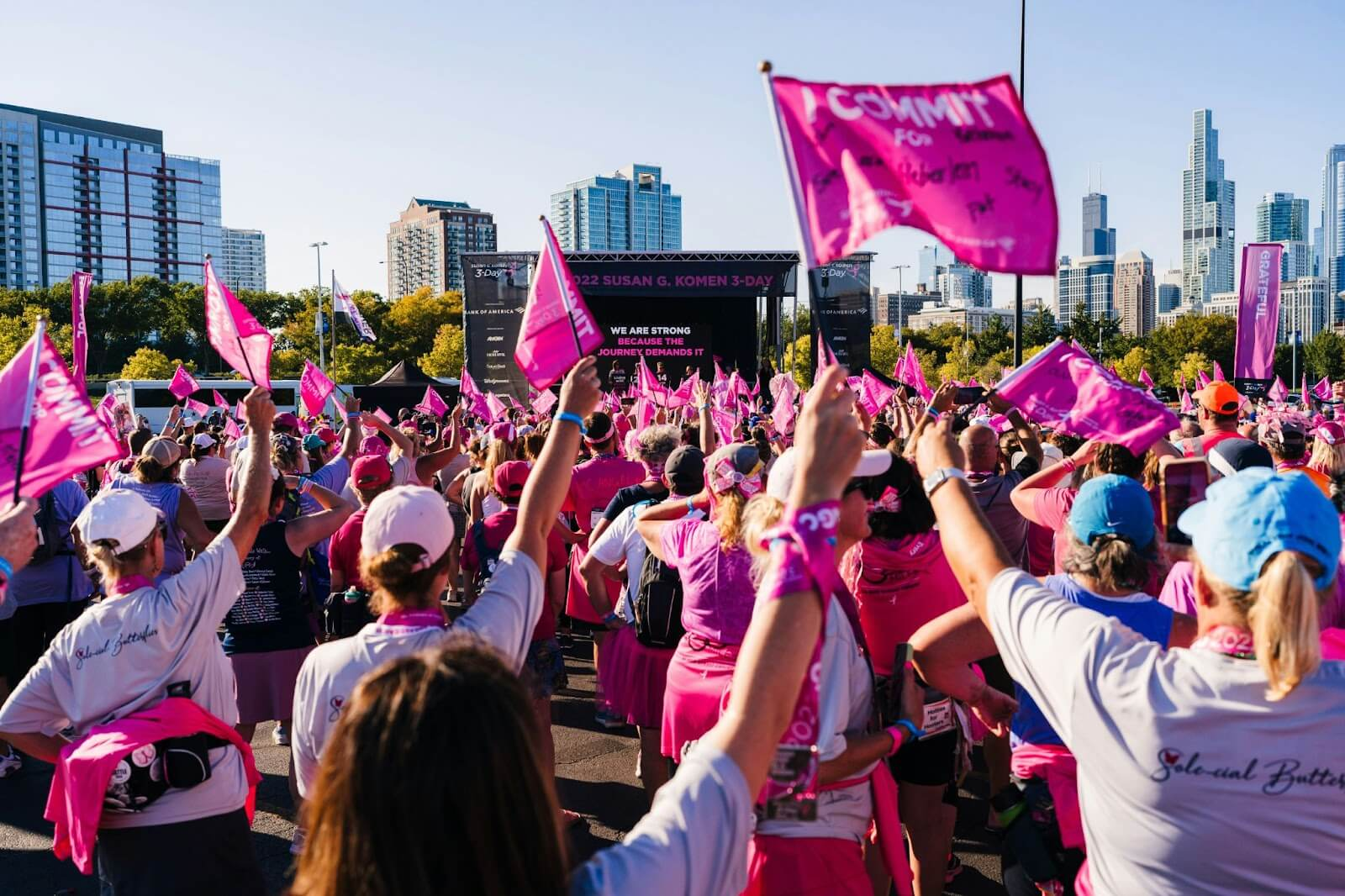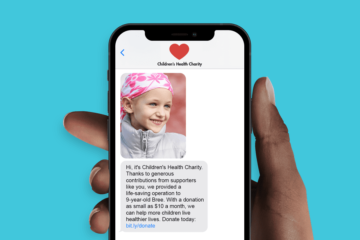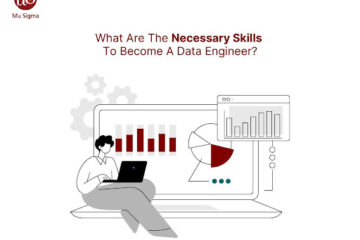With so much going on in the world with advertisements, grabbing the consumer’s attention is harder than ever. Traditional marketing methods such as print ads and online banners produce little in terms of continuing impact. Welcome to experiential marketing—a growing marketing strategy that promotes unforgettable, immersive experiences for customers.
Experiential marketing is about engaging people much more than just pushing a product or service, and it’s how brands can create connections that matter, develop loyalty, and find unique ways to get noticed in a busy marketplace. It’s time to find out what experiential marketing is, and how it can benefit your brand.
What is Experiential Marketing?
Experiential marketing, also called engagement marketing or live marketing, is a strategy in which brands immerse their consumers in a story through hands on, interactive experiences. Unlike traditional marketing, experiential marketing is when the audience is actively involved in participating in the ad. It can be in the form of events, pop up shops, product demonstrations, interactive installations or virtual reality (VR) experiences.
Its purpose is to generate a strong emotional bond between the consumer and the brand by giving a memorable experience through which the consumer can relate with the brand and the brand with the consumer. Experiential marketing is more than just a product—it’s how the brand integrates into the consumer’s way of life and principles.
How Experiential Marketing Works
Experiential marketing is all about telling stories and getting people to connect with each other. It doesn’t just tell people what your brand stands for; it shows them through meaningful encounters.
Instead of a standard ad for a new pair of running shoes, a brand might hold a pop-up event where people can try on the shoes in a setting that looks like a marathon. When people interact with a product in a memorable way, they get more than just a new pair of shoes. They also get a good memory and a story to tell others.
To stand out, these efforts often use creativity and new ideas. For example, they might use technology, entertainment, and personalization to make the experience unforgettable. Adding a layer of interactivity makes it easier for people to connect emotionally with the brand, which has a long-lasting effect on their choices to buy.
Making People Remember Your Brand
The most important thing about experiential marketing is that it can help people remember your brand. People get thousands of messages every day, so making an experience that people will remember gives you an edge over others. A customer is more likely to remember an event or a hands-on encounter than a banner ad or TV commercial.
Experience-based marketing uses all of our senses to make an impact that lasts and can affect our choices to buy and our loyalty to a brand long after the experience is over. Your audience will remember your company longer if you give them memorable moments.
Coming up with Useful Ideas
With experiential marketing, you can get feedback from your audience in real time. You can learn a lot about what people like and how they act by watching how they connect with your brand, asking them for their thoughts, or collecting data during the experience. This feedback can help you make better marketing decisions and products in the future.
For example, a car company that lets people try drive their cars at an experiential event can find out what they liked and what they thought could be better. This can help the company make better cars or improve its marketing.
Increasing Customer Loyalty
Experience-based marketing doesn’t just bring in new customers; it also helps keep the ones you already have. You can show your loyal customers that you respect and appreciate them by giving them unique and interesting experiences. This makes them feel more connected to your brand and makes it more likely that they will buy from you again.
For example, a fashion brand that throws a VIP launch party for its most loyal customers makes them feel special and grateful, which leads to long-term allegiance. Follow this page for more.
Examples of Successful Experiential Marketing in the Real World
Experiential marketing has helped brands in all kinds of fields get amazing results. One famous experience marketing event that got a lot of attention was Red Bull’s “Stratos” campaign, in which a skydiver jumped from the edge of space. It made Red Bull’s image as a bold and daring brand even stronger, and it got a lot of attention in the media and on social media.
In the same way, Ikea set up “pop-up apartments” in public places so that people could see and play with their furniture in real life. Customers were able to picture how the goods would look in their own homes thanks to this hands-on experience, which increased brand engagement and sales.
Keep an eye for more news & updates on Gossips!




